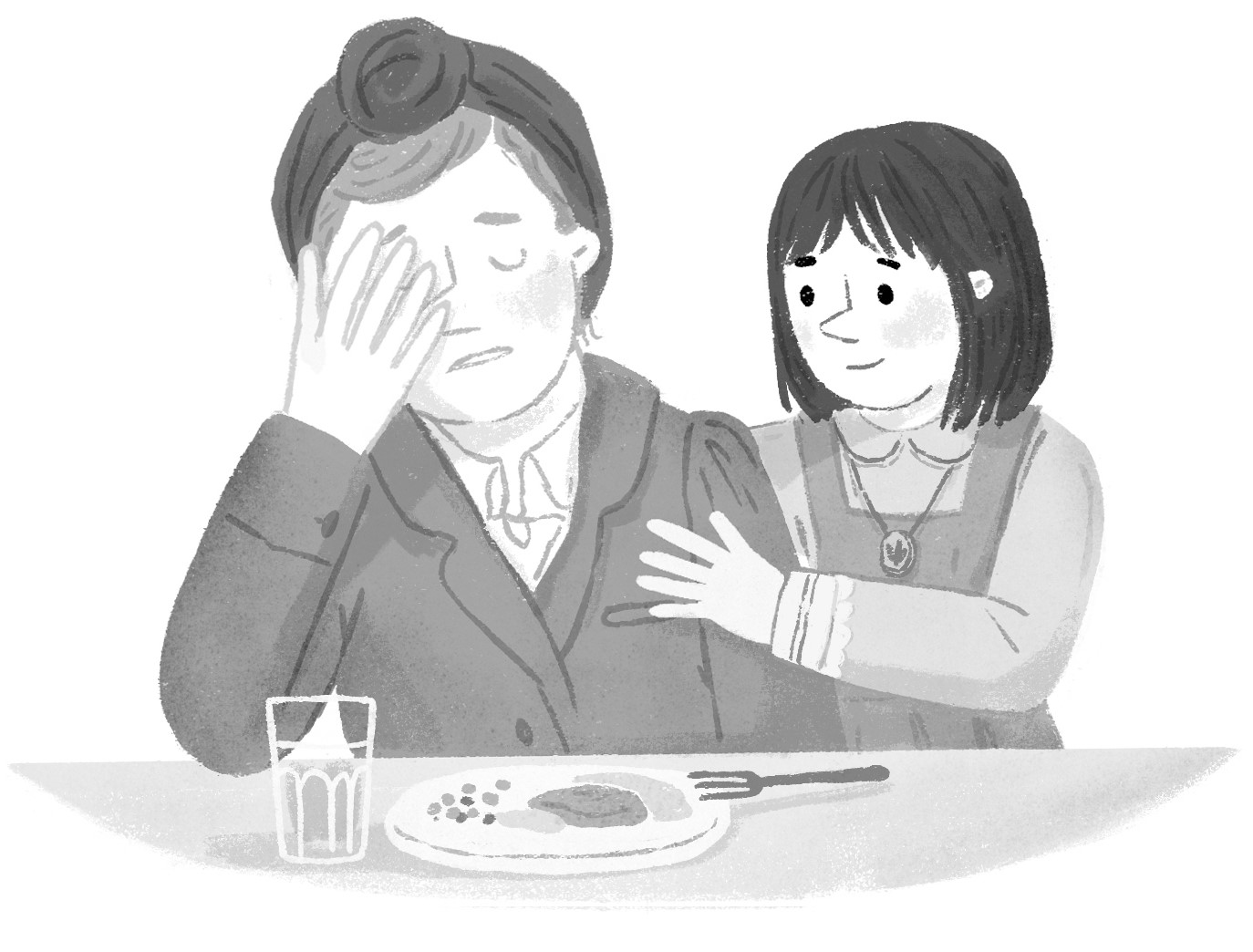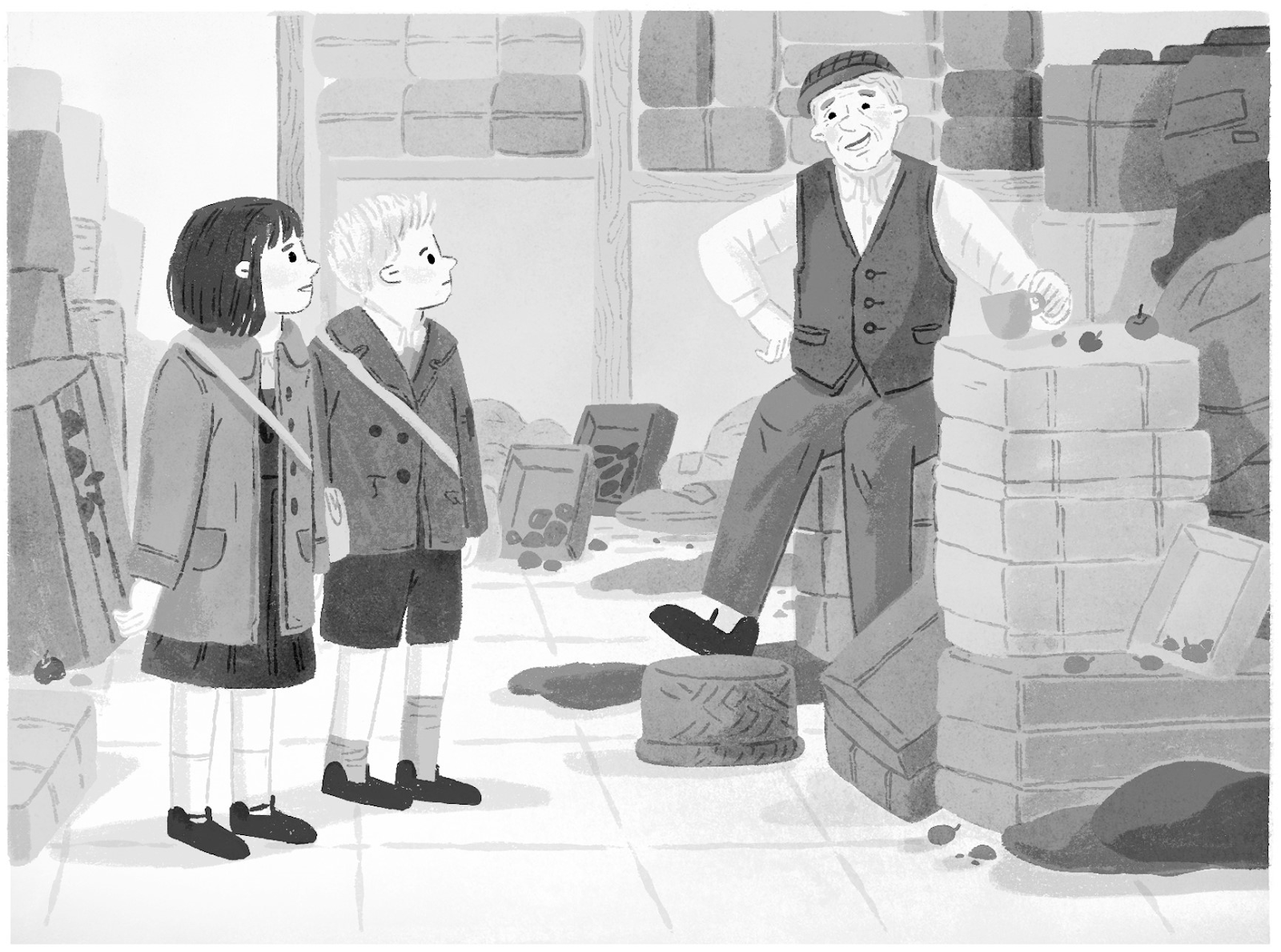Ancient Roman legend tells us that the word soap came
from Mount Sapo. The story says that animal fats from sacrificed beasts mixed
with wood ash would be washed by rain into the Tiber River. Washer woman using the
river to clean their clothes found that the sudsy river produced much cleaner
clothes.
Romans would rub olive oil into their bodies to get
clean, then scrape off the dirt, sweat and oil off with a special tool called a
strigil.
According to Pliny the Elder in his chronicle, soap was invented by the Gauls. They used a mixture of ash and tallow (animal fat) to make hair shiny. Pliny also mentioned that Germans used a hard soap and a soft soap.
In the Middle Ages, soap was being made in Britain by
craftsmen who passed their skills from father to son and master to apprentice.
This soap was not for personal hygiene, but to prepare wool for dying. Bristol,
Coventry and London each produced their own variety.
While, Castile, in Spain and Marseille in France,
added olive oil to their soap recipes meaning their soap was of a much better
quality, but expensive. Castile soap was recommended for wealthy Tudor ladies.
In one household manual adding ‘sage, marjoram, camomile, rosemary and orange peel to washing water was suggested.
Queen Elizabeth I was said to have a bath every four weeks, ‘whether it was necessary or not’!
Soap works by lifting germs from the skin, then the
water washes the germs away.
The Industrial Revolution improved the standard of living
for ordinary people, they could now afford to buy decent soap and running water
was common in houses.
The government wanted people to understand the
importance of health and hygiene.
The Prime Minister removed the tax on soap manufacture
and on paper which was wrapped around it, making it cheaper for soap companies
to make very large quantities.
William Lever
One of the soap makers to take advantage of this, was William Lever. He was born in Bolton in 1851, the seventh of ten children. His father was a grocer.
William joined the business as an apprentice, aged 16. One of his first jobs was cutting soap. At this time, soap was sold to grocers in long bars and the grocer would cut it into crude blocks, sold by weight, and wrapped in newspaper.
William became partner in the renamed Lever & Co
when he was just 21. By 33 he was wealthy, but bored and he decided to focus on
marketing soap.
Following an American idea, he decided to sell quality soap, cut into standard ‘tablets’ in individual packages sold under a recognisable brand name.
He leased an existing soap works in Warrington and called his new soap - Sunlight.
Sunlight soap used glycerine and vegetable fats instead of tallow which could smell bad.
The soap was very successful and soon a new, bigger soap works was needed. William Lever wanted to build a factory from scratch - and he decided on an area of marshy land criss-crossed with creeks near Birkenhead, Wirral. His plans included a purpose-built village for the workers – he named it Port Sunlight.
The village included housing, a village hall, shops, a
school, a church and a girl’s hostel for the female employees who travelled from
Liverpool at 5.30 am.
Today the girl's club is Port Sunlight Museum, which I visited to learn more about the history of the village.
There are lots of interesting displays, including this wonderful display of soap products aimed at children. William Lever wanted brand loyalty from a young age! He gave away novelties with products and tokens you could save towards larger toys. He also liked to include images of children in his advertisements as they represented innocence and honesty.
Port Sunlight Museum (Author's photograph)
Port Sunlight villagers were said to have worked hard and played
hard. By 1909, there were 28 clubs and societies in the village.
William Lever also created two holiday camps for his
workers to visit at Thurstaston, Wirral and Rivington Pike, near Bolton.
He also built a gymnasium, and an outdoor swimming
pool which used warm water from the glycerine works at Port Sunlight.
The first school opened in 1896 and boys and girls
were taught together, with up to 50 in a class. William Lever said: "A child without education is like a worker without tools."
The factory included Number 1 soapery, a wharf and
various buildings for storage and printing of packaging and advertising
materials.
William Lever believed in the power of advertising - and used newspapers and railway stations to promote his products. He used catchy slogans and bright artworks and to reassure customers of the product's superiority he offered a £1000 purity guarantee!
Sunlight soap advertisement
Lever went to art exhibitions in London and bought pictures which he had copied, adding the Sunlight brand name and slogan. Art was a passion of William Lever's - and he built the Lady Lever Art Gallery, in Port Sunlight, which you can visit.
to become an advertisement for Sunlight soap
To compare original paintings with the advertisements you can read this article by Liverpool Museums.
The packing of soap was done by women in the factory, they worked for 8 hours a day, standing, with only one break – an hour for lunch.
At Port Sunlight men and women had separate entrances and
started their shifts at different times. They also ate in separate dining
halls.
Women were paid less than men and they had to leave their job when they got married (widows could
work). A married woman was expected to look after her family and keep a clean
home. Company officials would check regularly to make sure their house was
clean and tidy!
Only married couples could rent a cottage in the village.
Each had a front garden and back yard, and they could also have use of an
allotment. Any vegetables and flowers they grew could be taken home.
William Lever was one of the first employees to bring in health and safety rules for employees and Lever Brothers had an excellent safety record. Conditions were better than at most factories, and workers got long service awards and a pension when they retired. William Lever also had a cottage hospital built in the village in 1907 and introduced a fire brigade!
You can also visit Soap Works, an interactive exhibition that looks at the science of soap.
The Soap Works attraction and also includes a display which explores the business operations of William Lever in the Congo, where Lever Brothers sourced palm oil for their soap.
William Lever planned to build an African version of Port Sunlight in Lusanga, which he renamed Leverville. He wrongly thought the British way of doing things was better for the people of Lusanga.
And while William Lever had a good reputation for looking after workers in England, the practices of the company he set up - Les Huileries du Congo Belge (HCB) did not match this. Indeed HCB forced labourers to work against their will and for very little pay.
Port Sunlight Village Trust continues to explore this troubling area of William Lever's life.
In 1906 William Lever became an MP, in his maiden speech he urged the government to copy the old age pension plans he had created for his workers.
William Lever was made a Baronet in 1911, becoming Sir William, and Elizabeth became Lady Lever. She died suddenly in 1913, so when he was made a Baron in 1917 and then a Viscount in 1922, he combined his own name with his late wife’s maiden name to create the title ‘Leverhulme’.
He died in 1925 and his tomb can be seen at Christ Church, Port Sunlight.
WRITING CHALLENGE
Taking inspiration from William Lever, who was a big believer in the power of advertising I would like you to write your own advertisement!
It can be for soap - even Sunlight soap - or for any household object, perhaps a favourite toy! You might like to make up some outlandish claims for what wonderful things your product will do for customers - will it make them super popular, send them into space or something else! You can be as outrageous as you like!
Susan Brownrigg is a Lancashire lass and the author of three historical children's books for ages 8+ - Gracie Fairshaw and the Mysterious Guest & Gracie Fairshaw and the Trouble at the Tower are seaside mysteries set in Blackpool. Kintana and the Captain's Curse is a pirate adventure set in Madagascar.





































